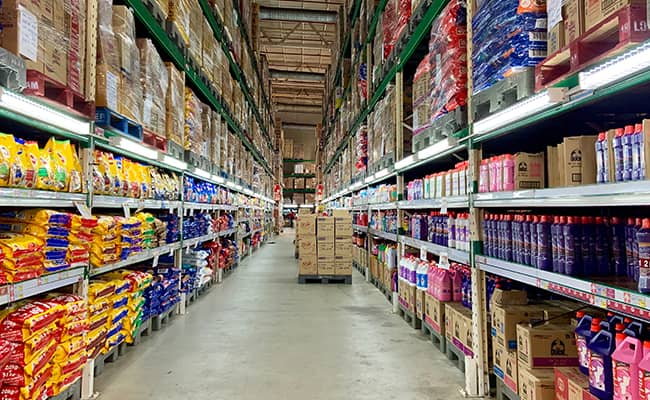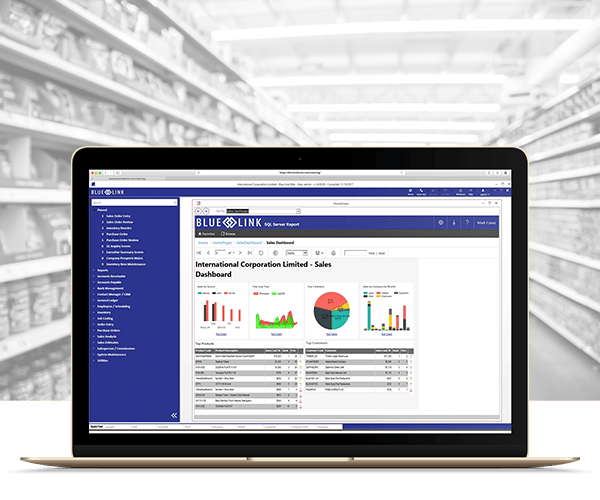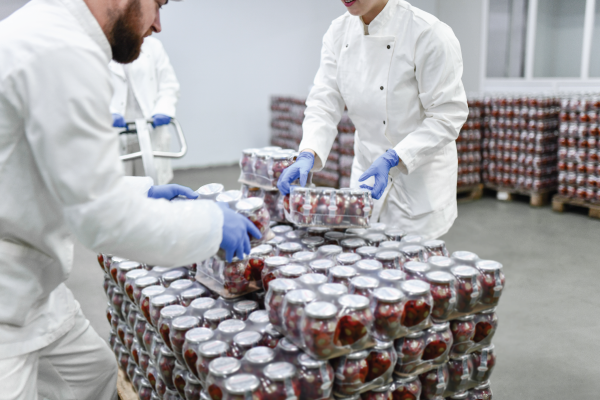

Wholesale food distribution is a unique industry in many ways, so it is important to find food traceability software designed specifically for wholesale and distribution where inventory management and tracking is critical.
Blue Link offers wholesale food distribution software tools to manage your business, such as:

Discover the significance of precise monitoring of food items with the help of lot tracking software for food traceability. Having proper food distribution software with traceability capability can enable your business to efficiently follow the journey of an item throughout the entire supply chain in the event of a recall, and to assist with adhering to worldwide trade regulations and consumer protection laws.
Lot tracking is not only vital in ensuring food safety, but it also aids in achieving compliance with various regulations set out by the FDA, USDA, Health Canada, and other government agencies. Wholesale food distributors must have proper lot tracking capabilities within their software in order to improve food safety, comply with regulations and expand their operations.
Learn how lot tracking software functionality allows a business to track specific lots and manage a product recall.

I wanted to let you know that we are very happy (now that all is up and running) with ‘phase one’ of the upgrade. The new Windows program has clearly made a difference in speed within the BL environment just as you said it would. I would like to thank you very much for all your help! You patiently explain everything to us and do a great job helping us to fix issues (like the ones we had today) when we need it! It is clear that you are an expert at what you do and an asset to clients like us. Thanks again for all of your help!


Food distribution businesses can deal with a variety of product types – from fresh produce, to dairy, meat and cheese products, to frozen items, to confectionery-type products, to canned goods. Each type of food distribution business includes specific requirements for managing temperatures, lots, units of measure, and potentially production, cutting and repackaging.
While Blue Link ERP includes tools for distributors selling frozen, confectionary-type and canned goods, our software does not include catch weight functionality for managing food items with variable weights.

Bermuda Import and Export, a Bermuda based food distribution company, implemented
Blue Link ERP to help improve processes, reduce the amount of manual data entry and grow the business.
Below you will find some examples of Blue Link customers that are wholesale distributors in the Food and Beverage industry. These customers have all benefited from Blue Link’s inventory and accounting ERP software with industry specific functionality such as our lot tracking, reporting and analytics, warehouse shipping and landed cost tracking tools.